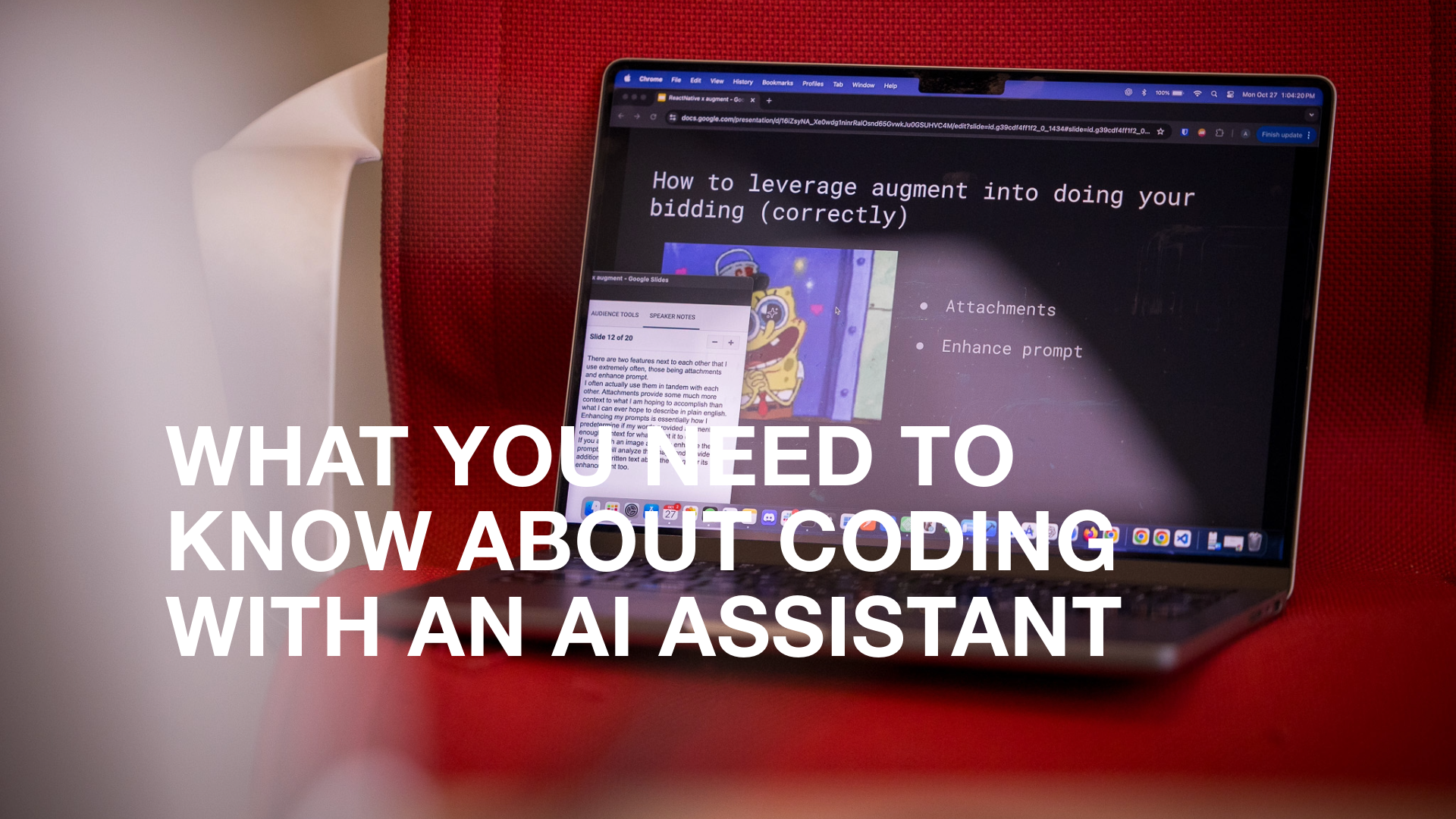Digital transformation – the adoption of new technologies, talent, and processes to improve business and satisfy customers – has become more critical than ever during the COVID-19 pandemic.
According to a survey by McKinsey, only 11% of 1,140 businesses believe their current models will be economically viable through 2023, and it’s easy to understand why 64% of those say their companies must build new digital businesses.
When you’ve been working with the same legacy systems for years, this change can seem like a daunting task. Where do you even start?
Recently, we completed a project for a client to speed up the process used to qualify a customer for insurance products. Our client uses a third-party contractor to conduct customer interviews for insurance products. They asked for our assistance to develop a system where their advisors would be able to use the same vendor platform to fill out the questionnaire when the customer was in their office instead of scheduling a secondary call with the third-party vendor at a later date.
While it may seem easier to continue a process the way it’s always been done instead of facing the challenges of designing new processes, change doesn’t have to be complicated. We believe that the right technology, team, and processes can be all you need to execute technology-driven transformation.
In this case, we used prototyping to help our clients see the product and its use before implementing the final design to save time, money and make sure all requirements were met to create positive change.
Here’s what we learned and why prototyping can help make digital transformation work for you:
Technical requirements and planning happening in parallel with design
Collecting requirements and prototyping design in parallel is not our ideal method, but there are times when the client’s schedule necessitates it.
Working with a constantly evolving project and changing requirements, we created several low-fidelity UX prototypes using Balsamiq to illustrate potential experiences and flows to help all stakeholders visualize the solution. Demoing these prototypes led to conversations and revisions until we landed on an experience that made everyone happy.
This “back of a paper napkin” prototype acts as a guidance piece to flesh out the functionality of a product instead of building out a complete template, which is more difficult to change as the project evolves. This strategy is a great exercise to get a solid idea of all the requirements finalized and gather feedback from external stakeholders before development begins, and helps steer focus by eliminating distractions of later details such as look and feel.
Using prototyping to identify missed opportunities
Prototyping like this will often reveal the true scope – usually a lot larger than initially anticipated. In this case, what was once a simple one-page website turned into a small portal that could be deep-linked from many entry points depending on the specific client group, search, or list of outstanding tasks.
Using the prototype as a guide, our team and the clients could see how the project requirements would evolve and quickly adapt to new requirements.
Prototypes allow the client to talk through the product as it evolves and gives the freedom to try new things throughout the process without difficulties updating a fully designed product. This freedom to try new things and adapt along the way is of utmost importance when tackling a significant, ambiguous digital transformation.
With the right expertise, team, technology, and leadership, digital transformation can be achieved. With prototyping, you can make sure you have all the requirements you need before diving into designs you can’t turn back from, making for a more successful end-product.
We’ve gained this perspective and believe this strategy is the best way to bring about change – the most critical step that a company contemplating digital transformation can take.
Are you interested in adopting new technologies and ditching old legacy systems? Contact us to learn more about how we can help with digital transformation to improve your business and customer satisfaction.




